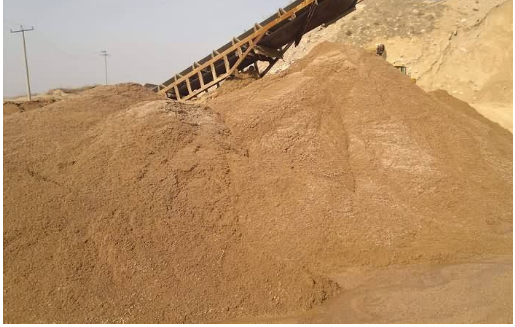Artificial sand is generally stored and dehydrated for 3 to 5 days to reduce the water content to within 6% and become stable.
The artificial sand and gravel powder content varies depending on the initial moisture content. Generally, the stone powder content is in the range of 10% to 17%.
When the initial moisture content of wet sand is 15% to 17%, the dehydration speed is fast within about 48 hours in the initial stage. Generally, the moisture content can be reduced to 8% to 10%. When the moisture content drops to 8% to 10%, it can be reduced to 6%. The dehydration speed slows down significantly around %, generally taking 3 to 5 days. Based on the daily production of 15,000 tons of finished sand and the daily sand consumption of 1 to 15,000 tons, the finished sand warehouse has a storage capacity of 50,000 m2, and the natural dehydration time is about 5 days.

Measures to effectively control the moisture content of artificial sand in stacking sand bins
1. In the general system process, most of the water in the sand must be removed mechanically first. At present, the vibrating screen dehydration process is the most used. The sand dehydrated by the linear dewatering screen can dehydrate the sand with an original moisture content of 20% to 23% to 14% to 17%. There are also dewatering technology with good dehydration effect and correspondingly large investment costs. Vacuum dehydration and centrifugal dehydration.
2. Artificial sand unloading, storage dehydration and artificial sand extraction are carried out separately. Generally, the water content can be reduced to less than 6% and stable after 3 to 5 days of storage dehydration.
Comments
Post a Comment